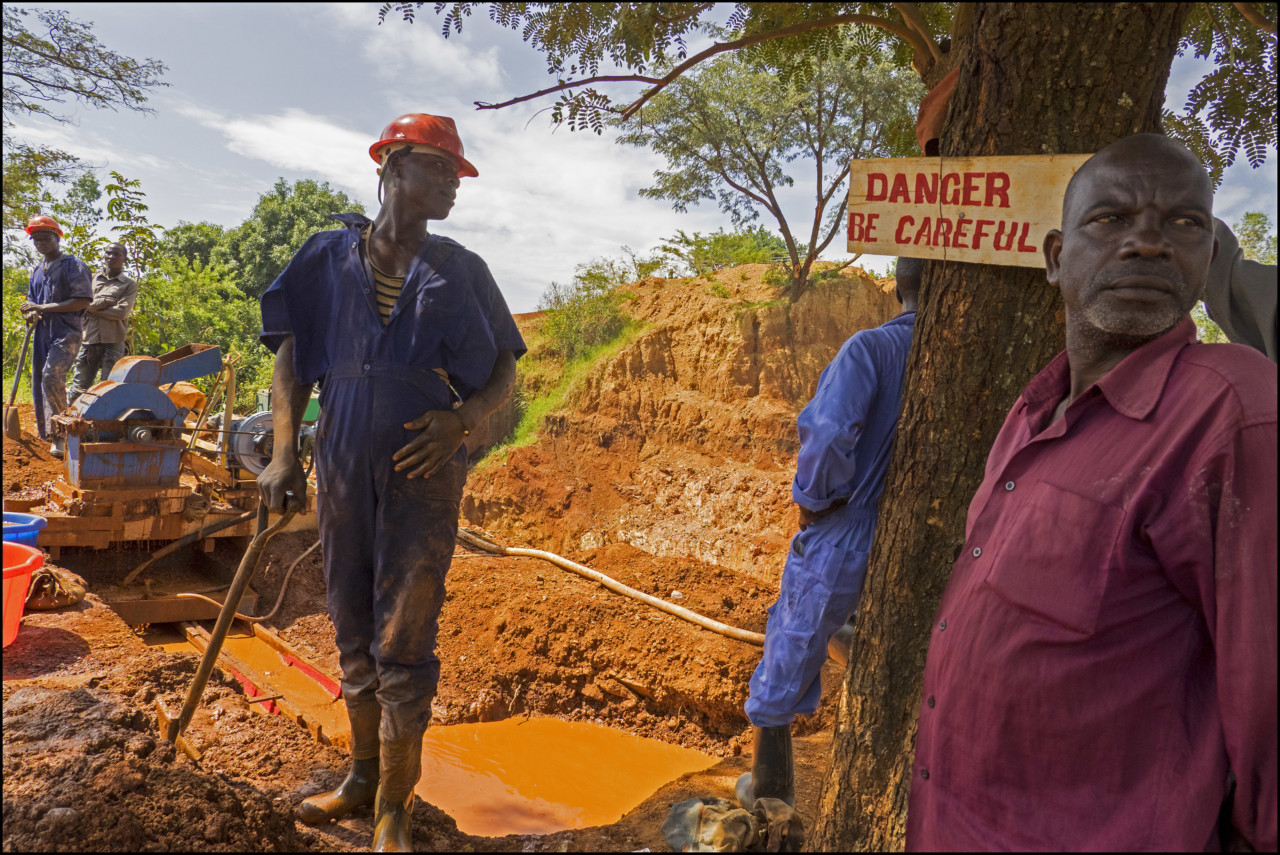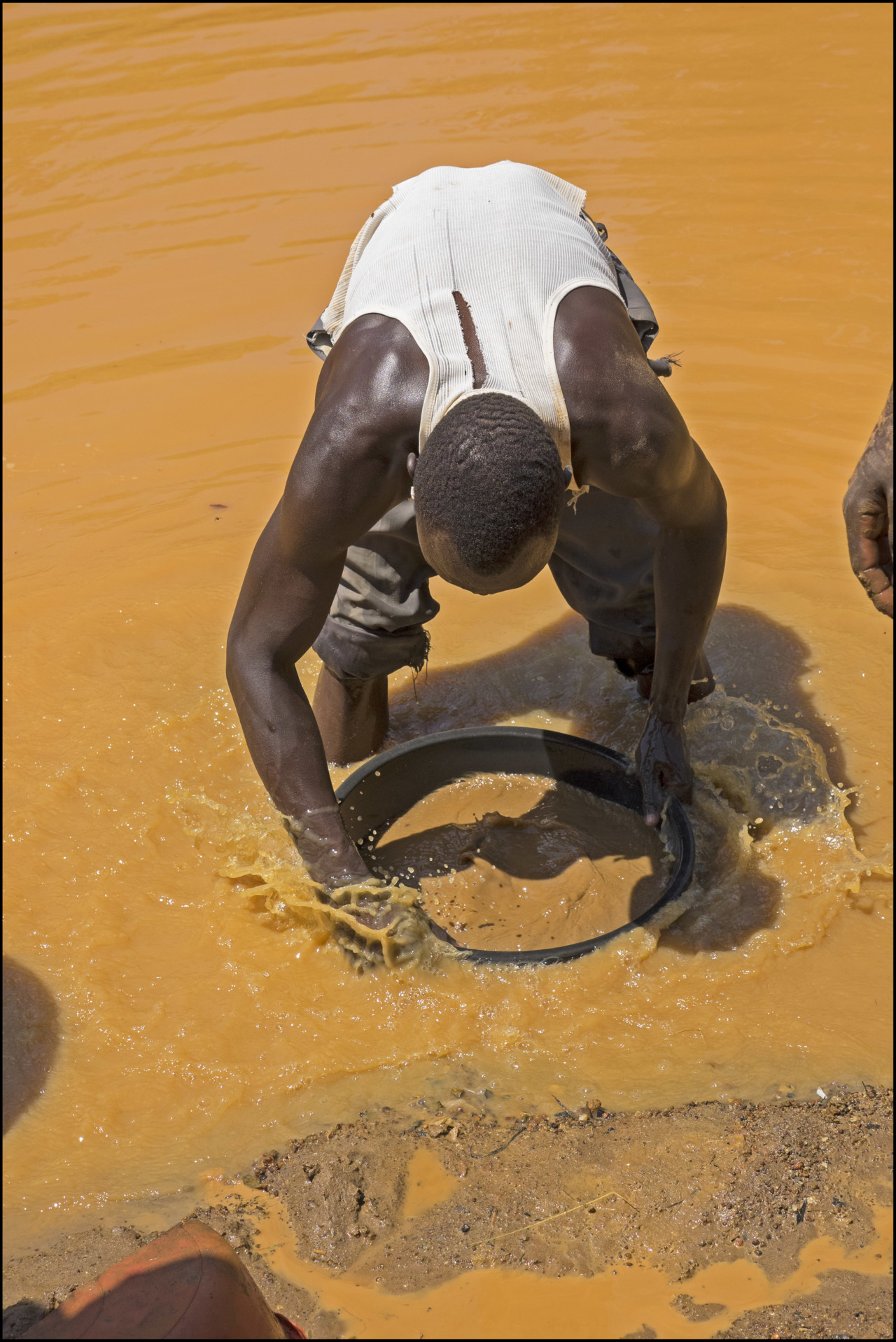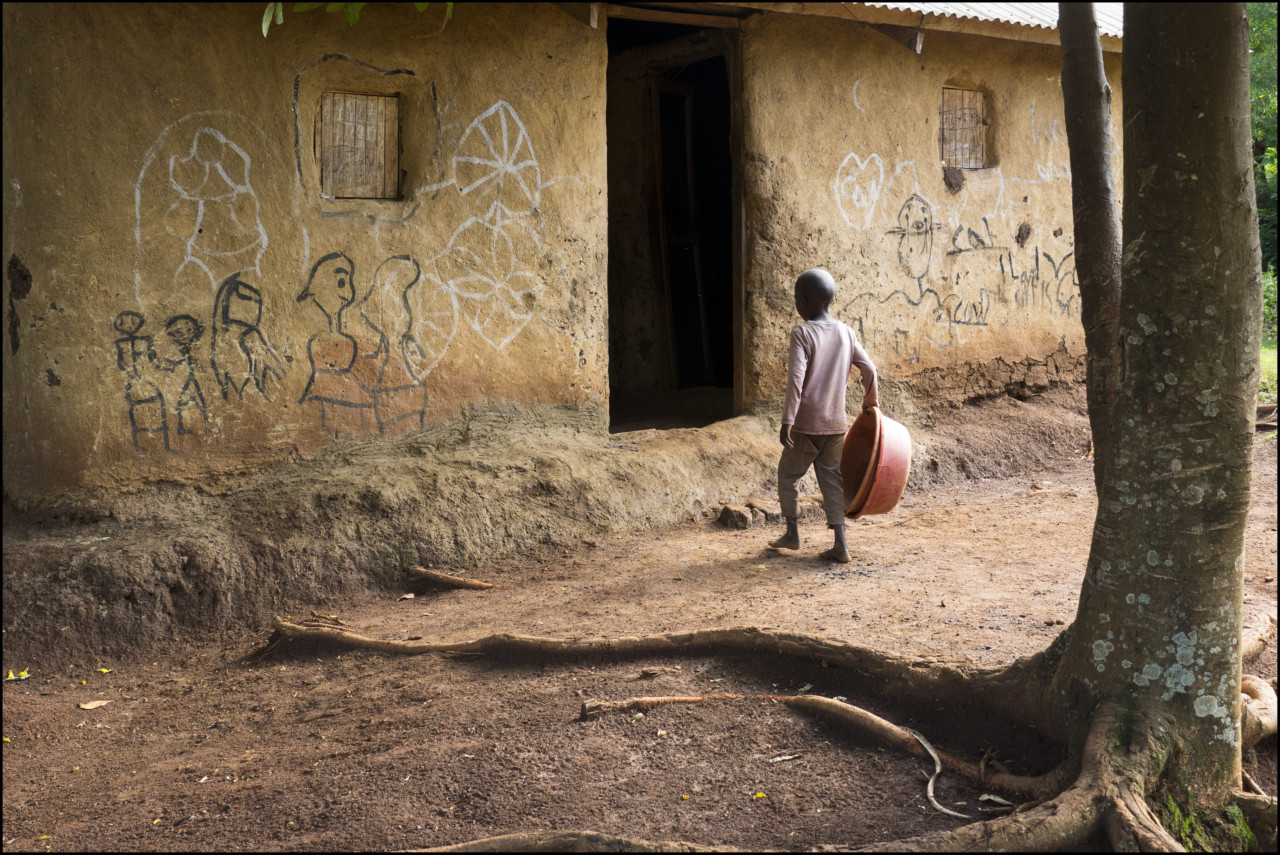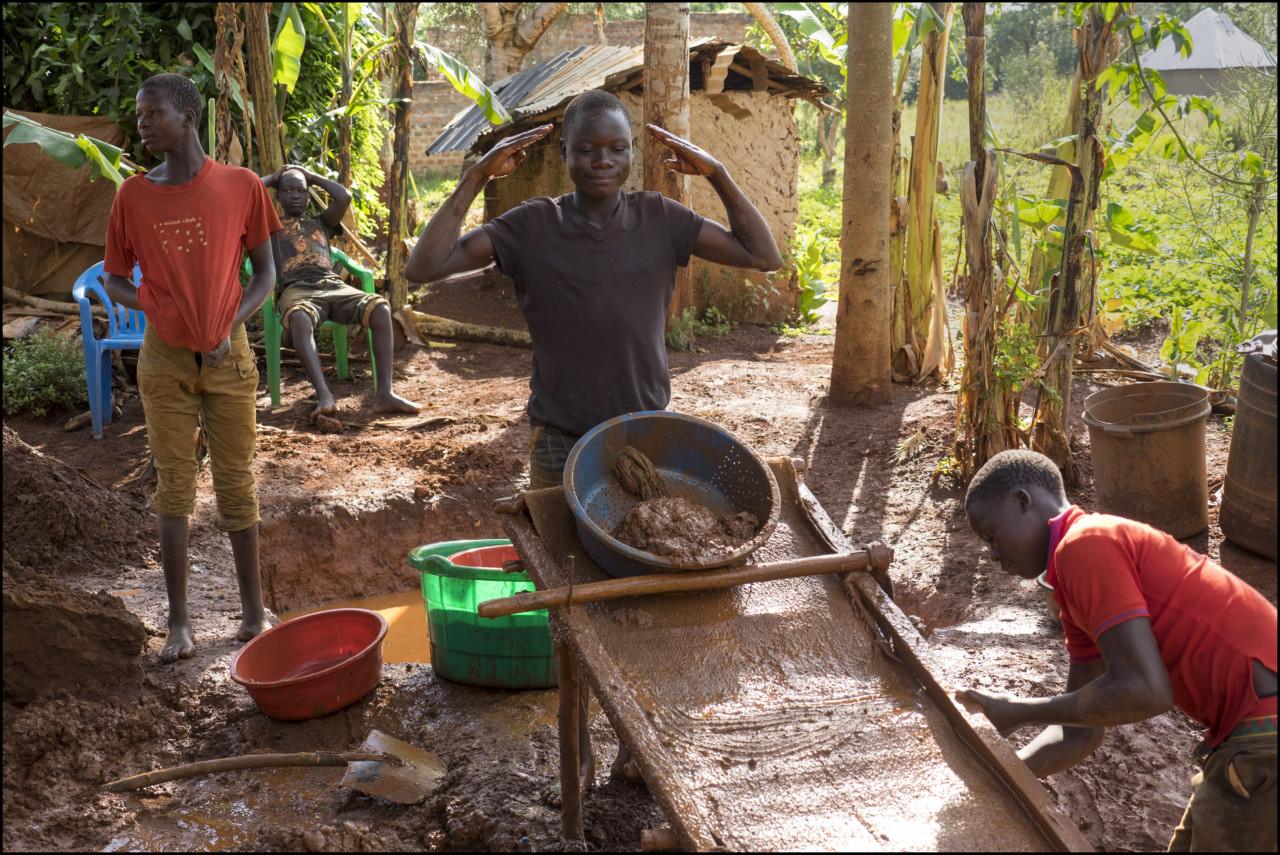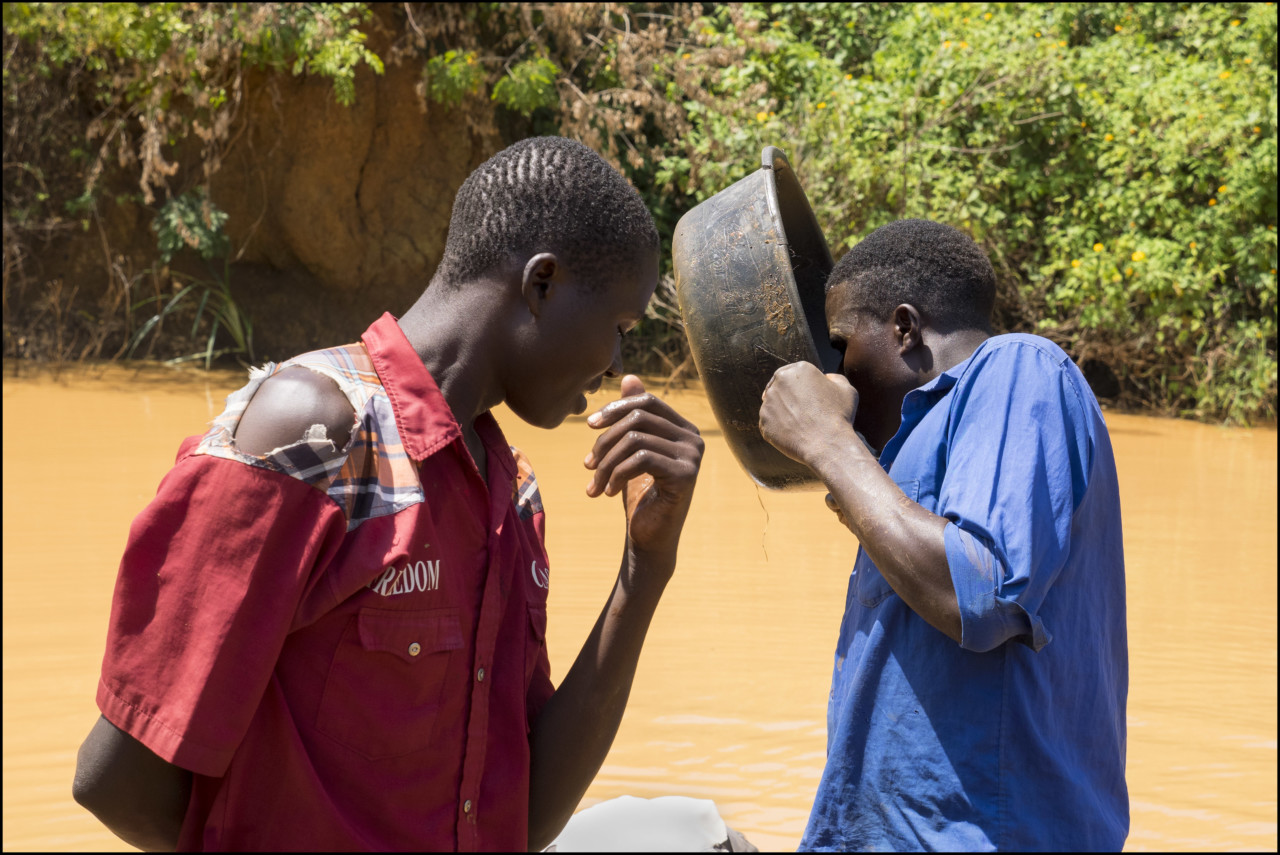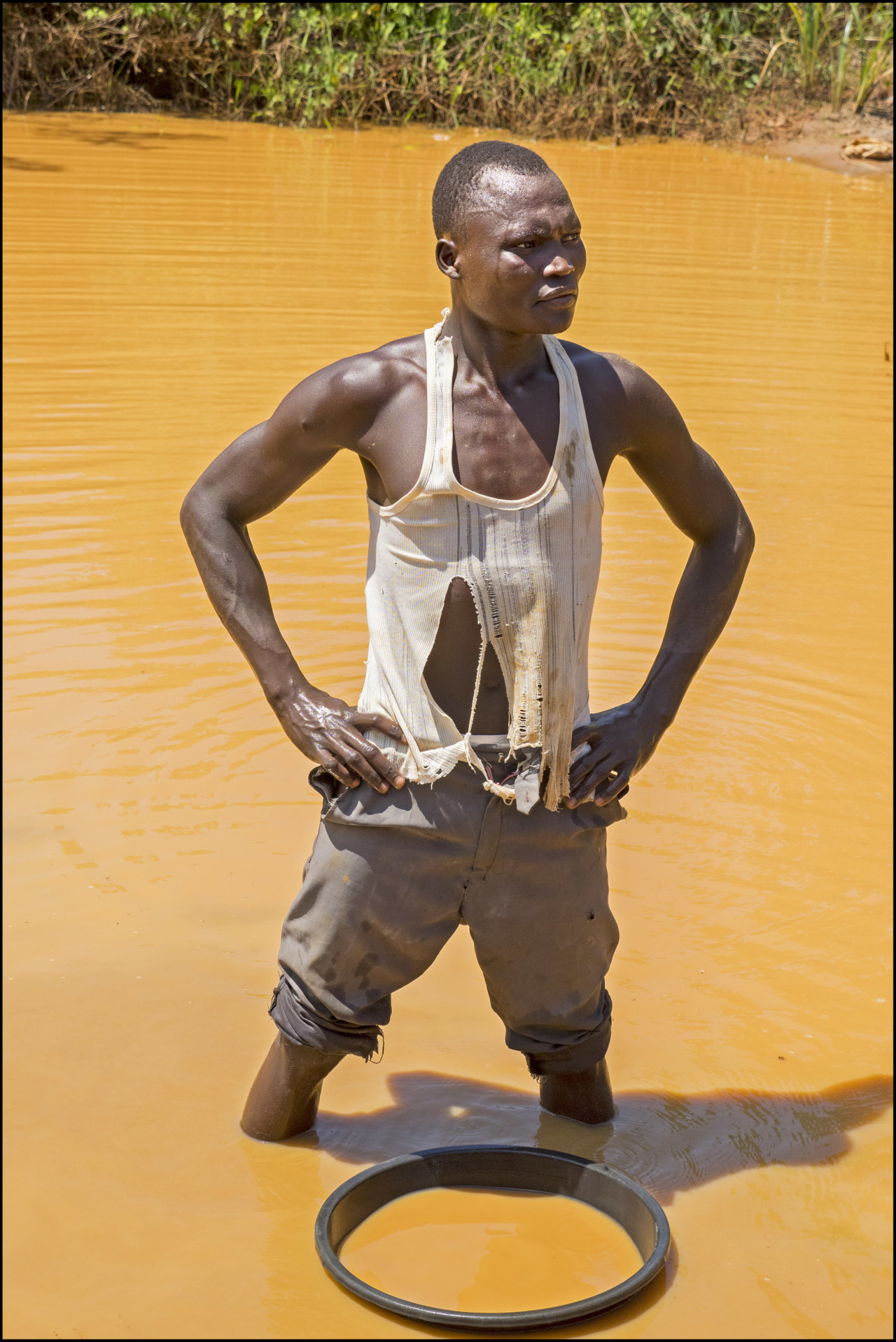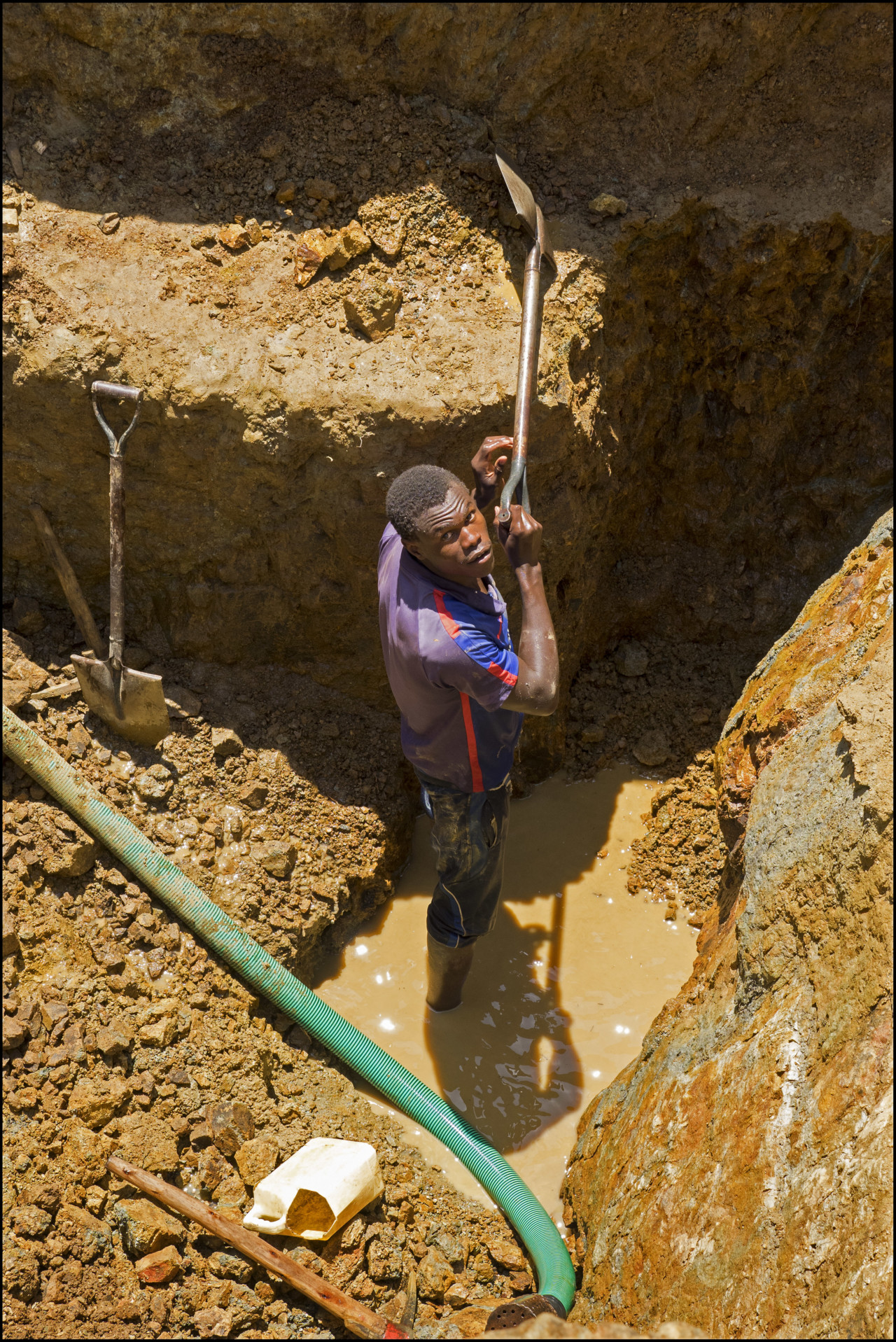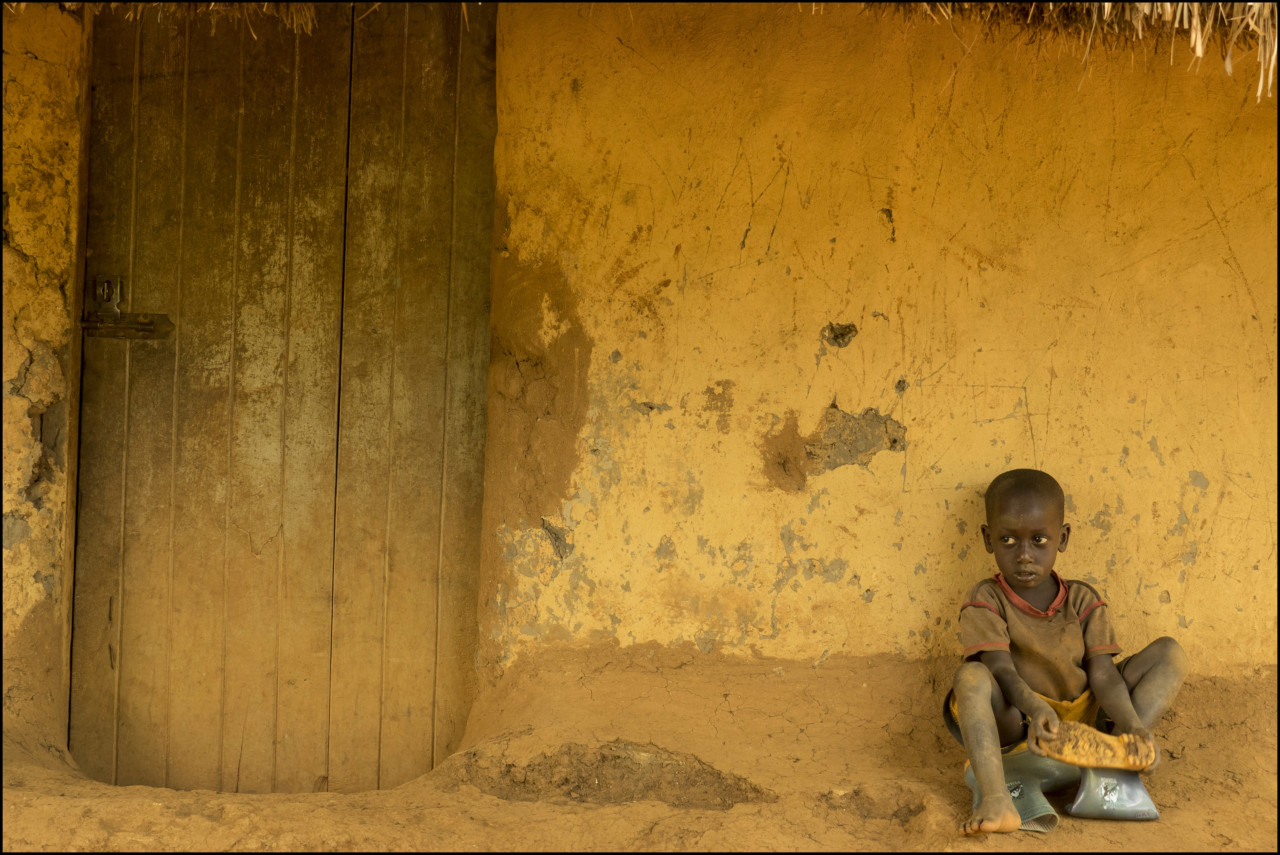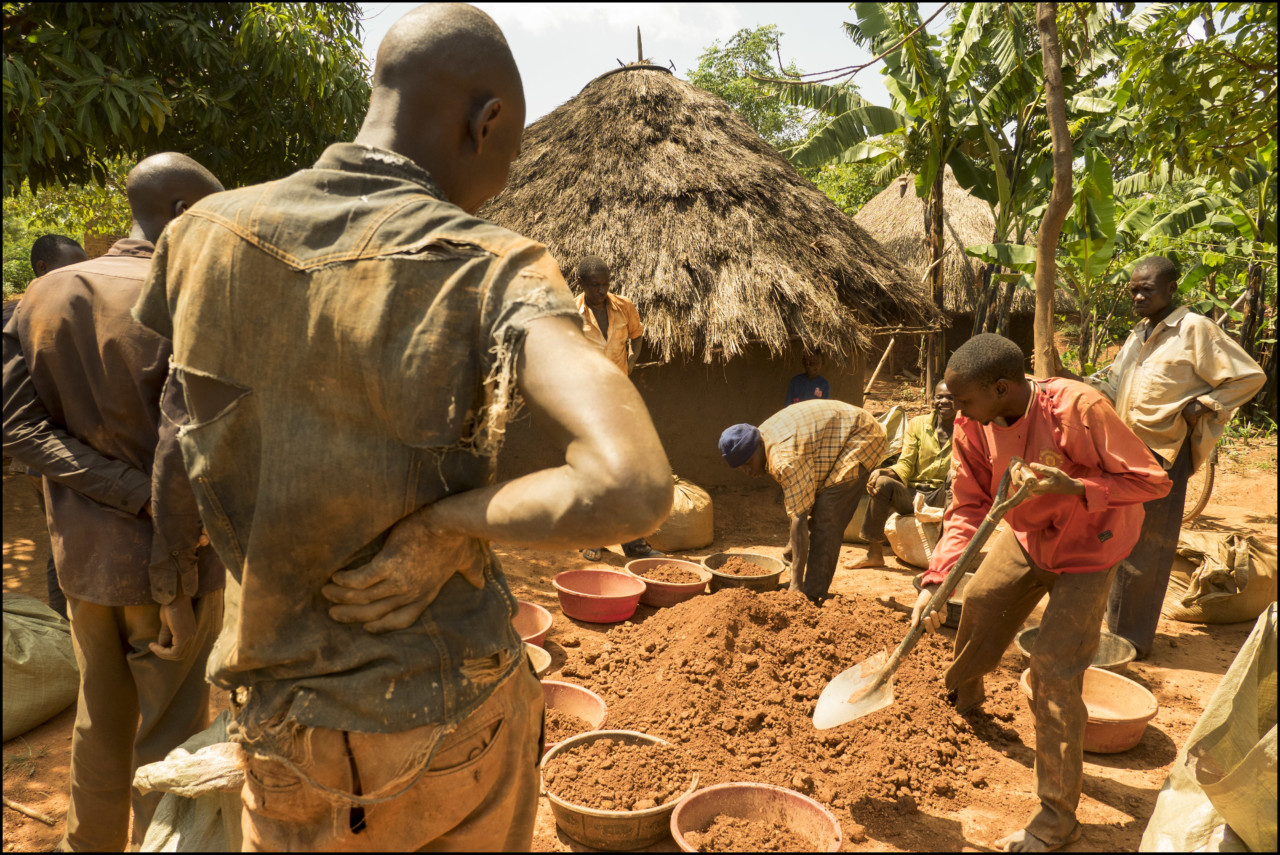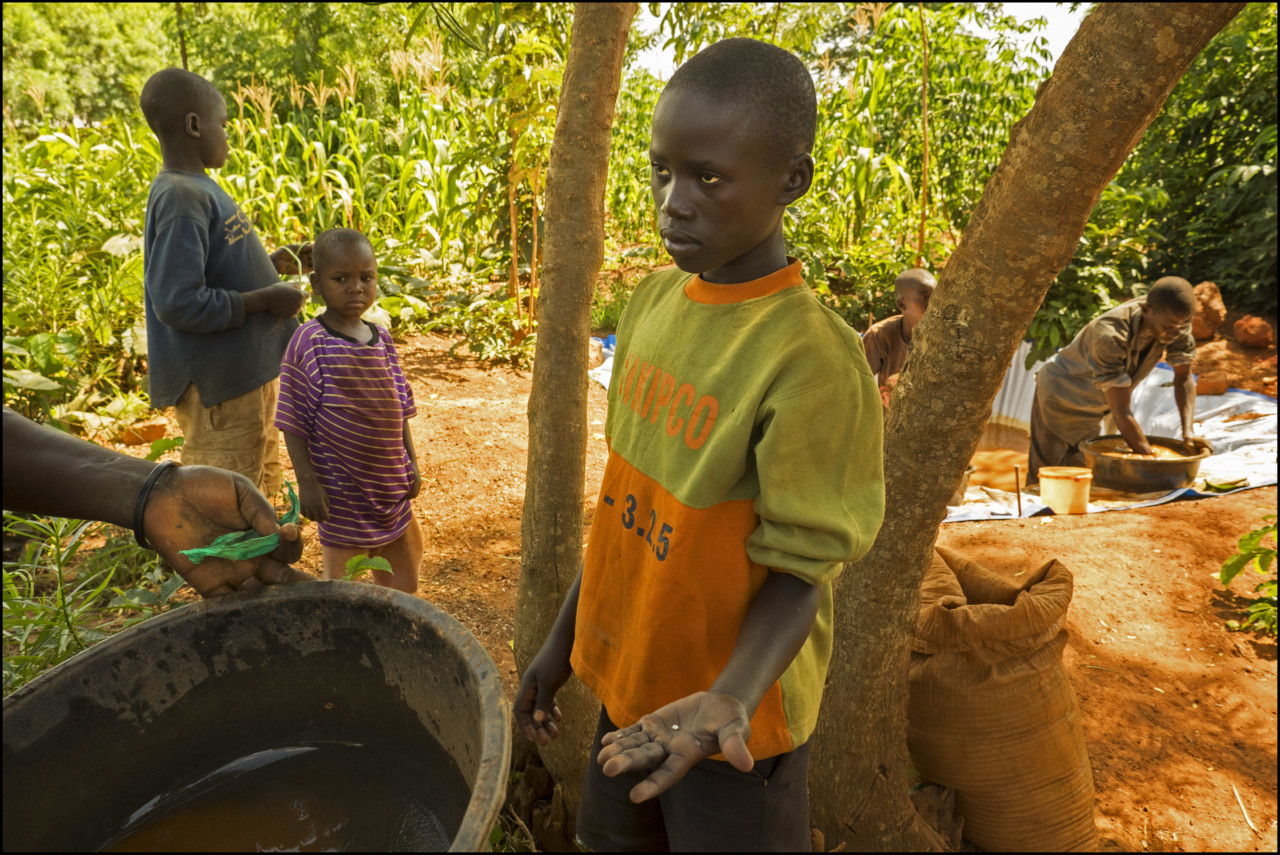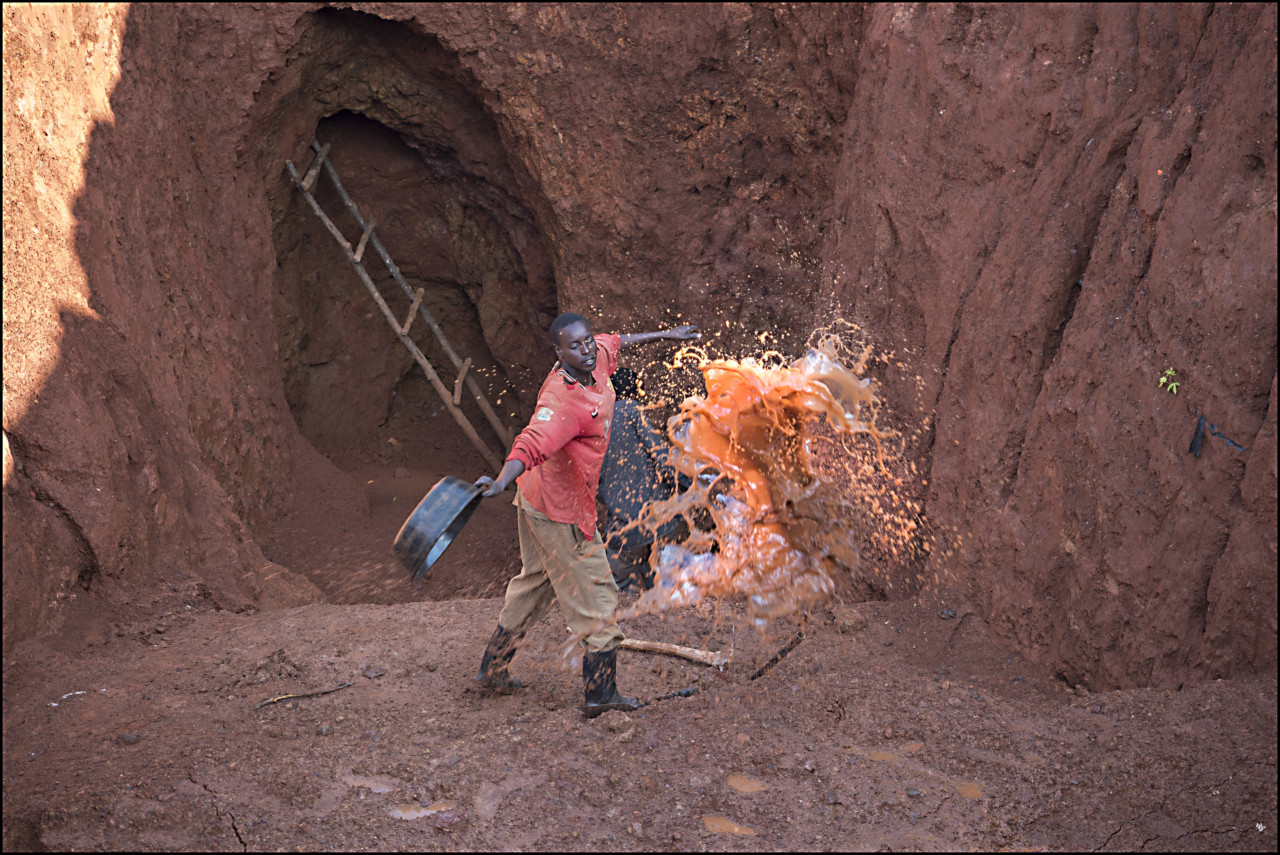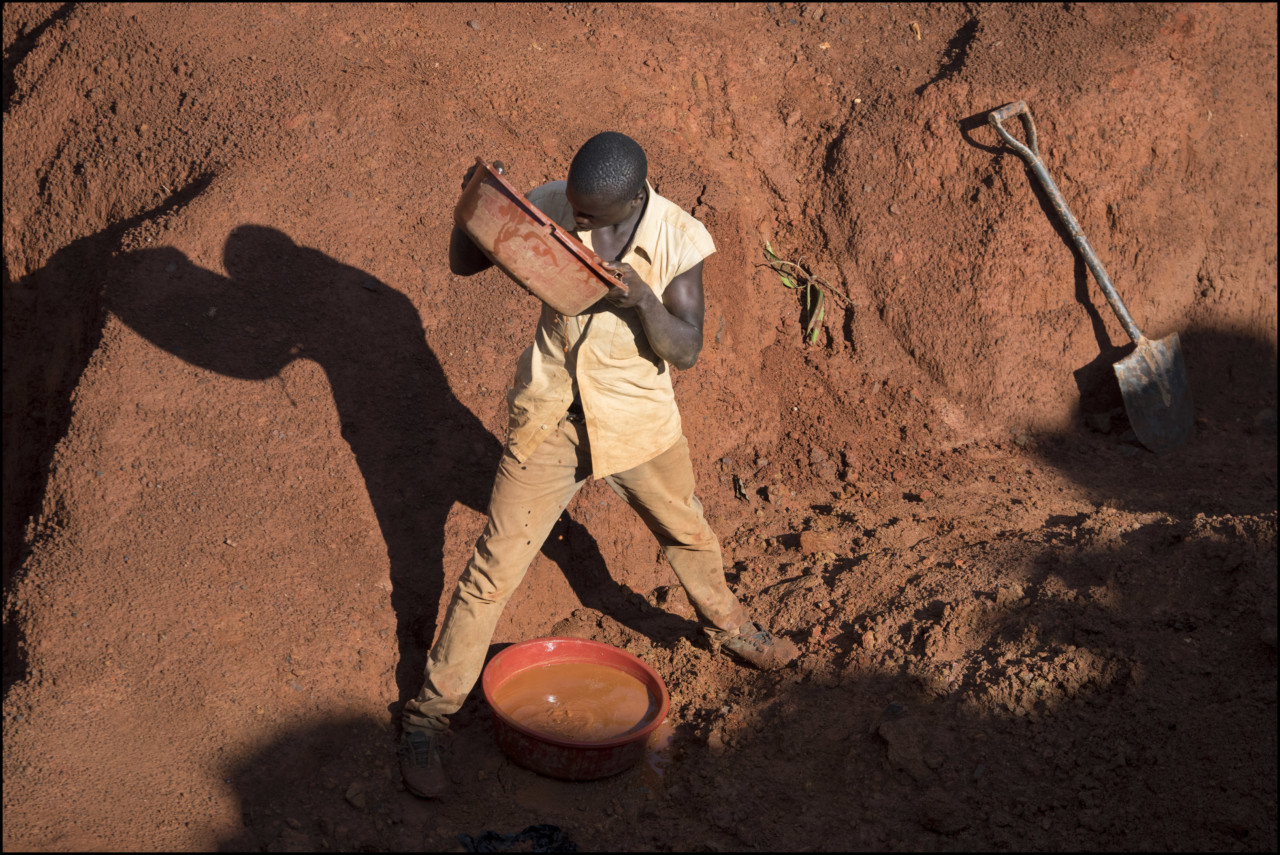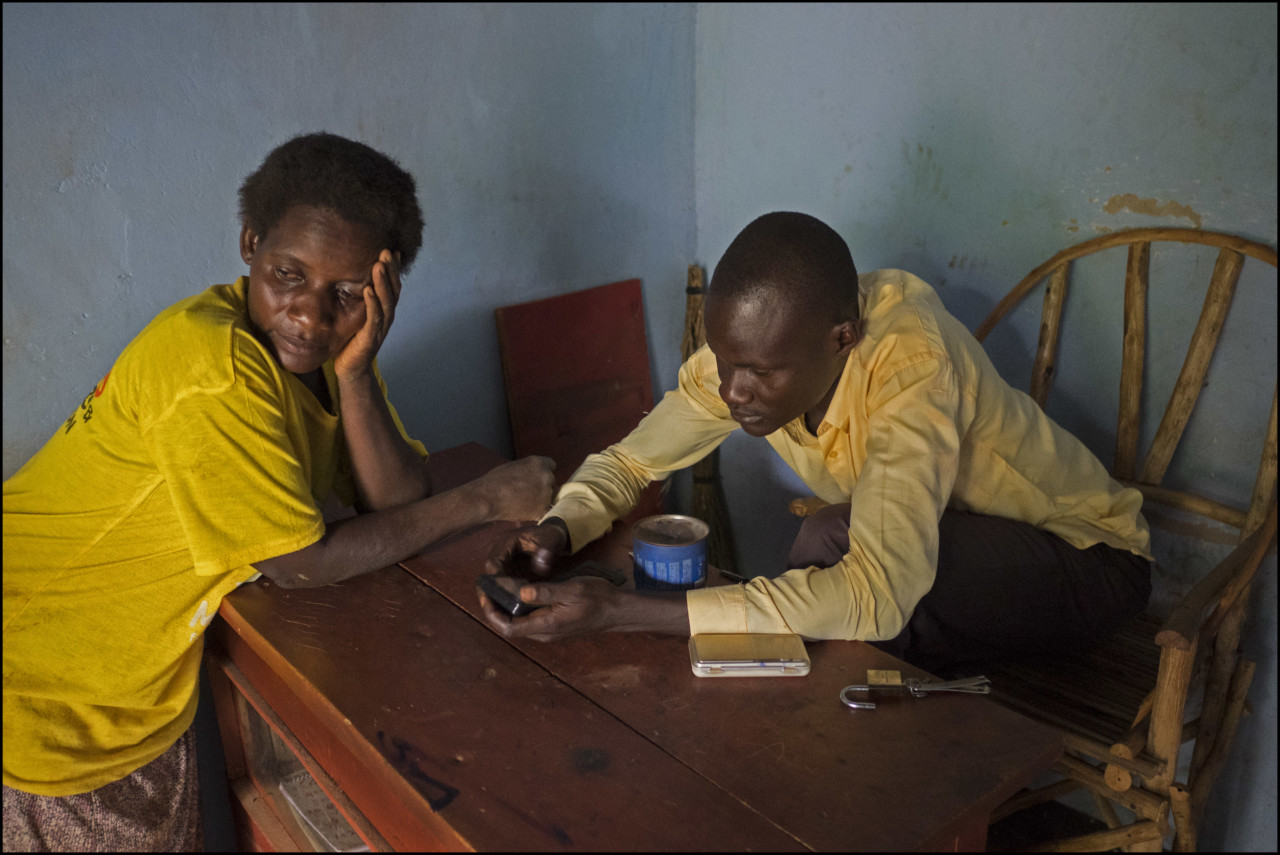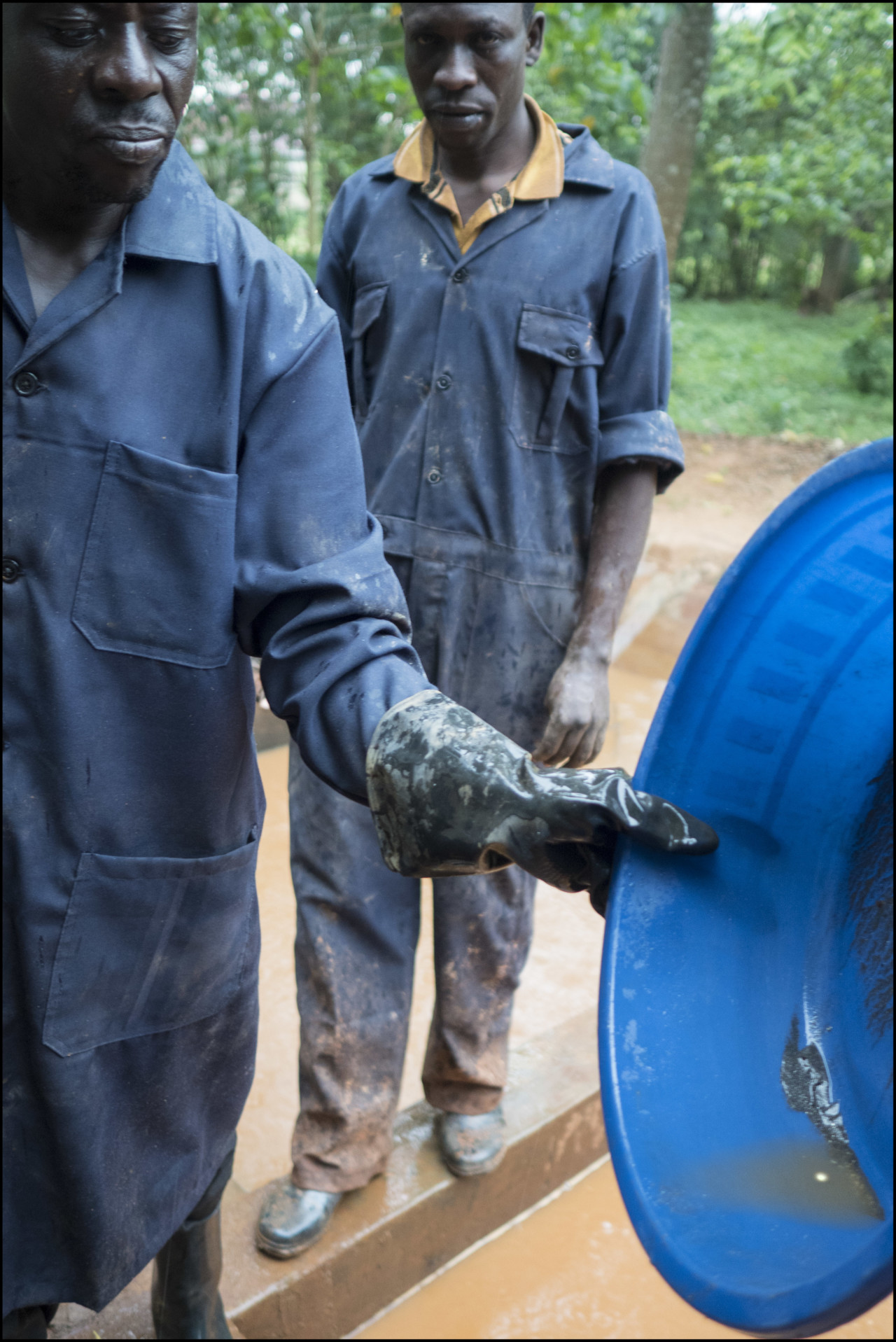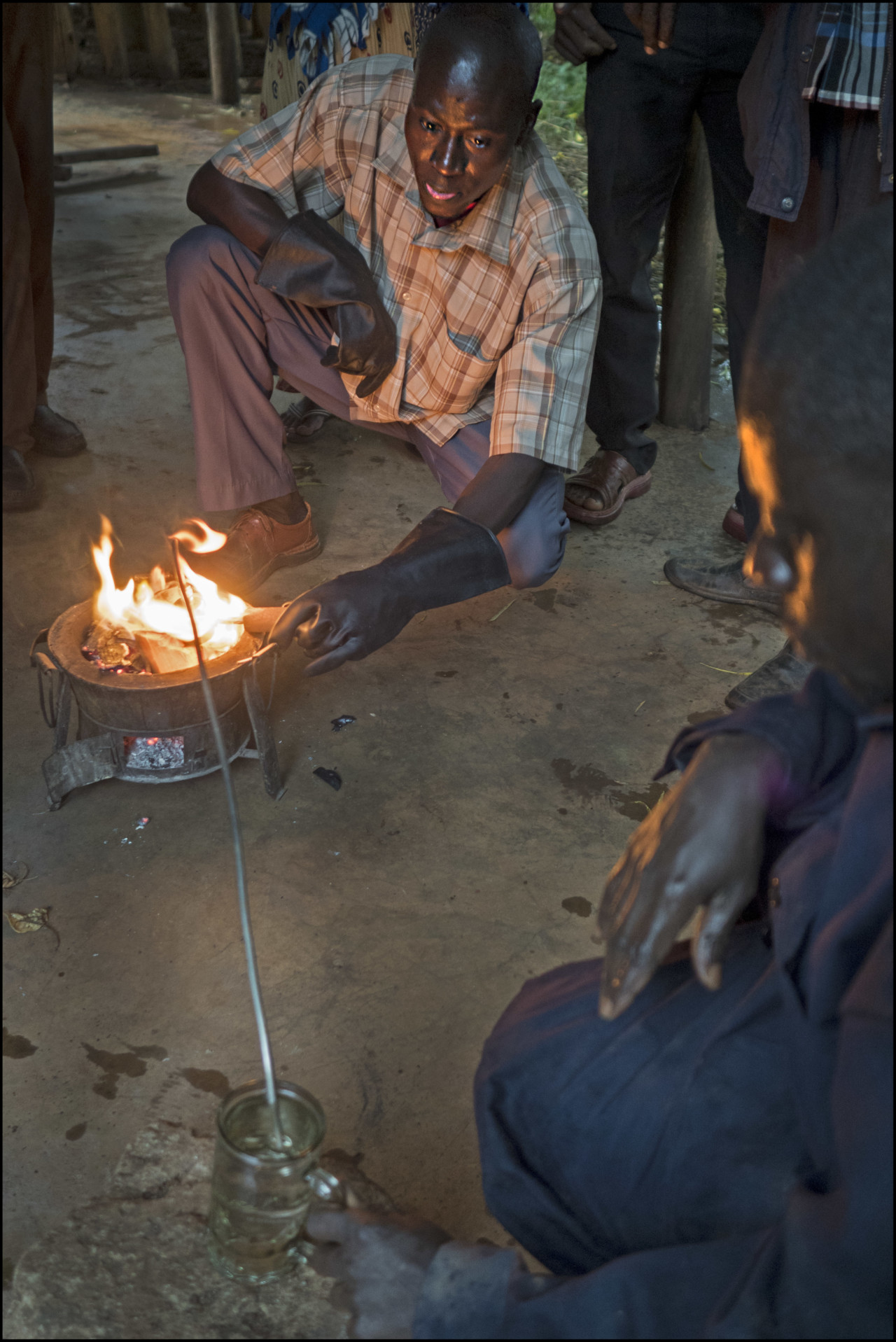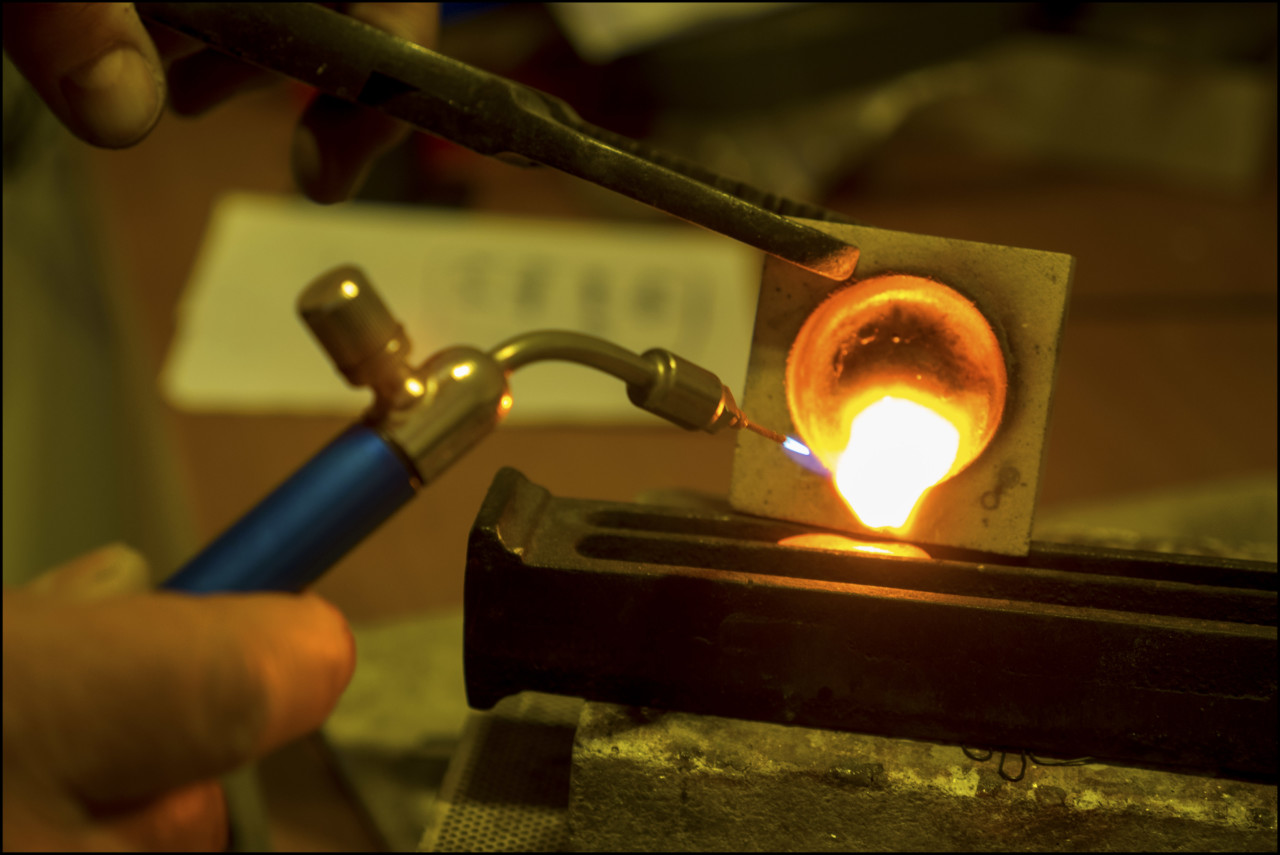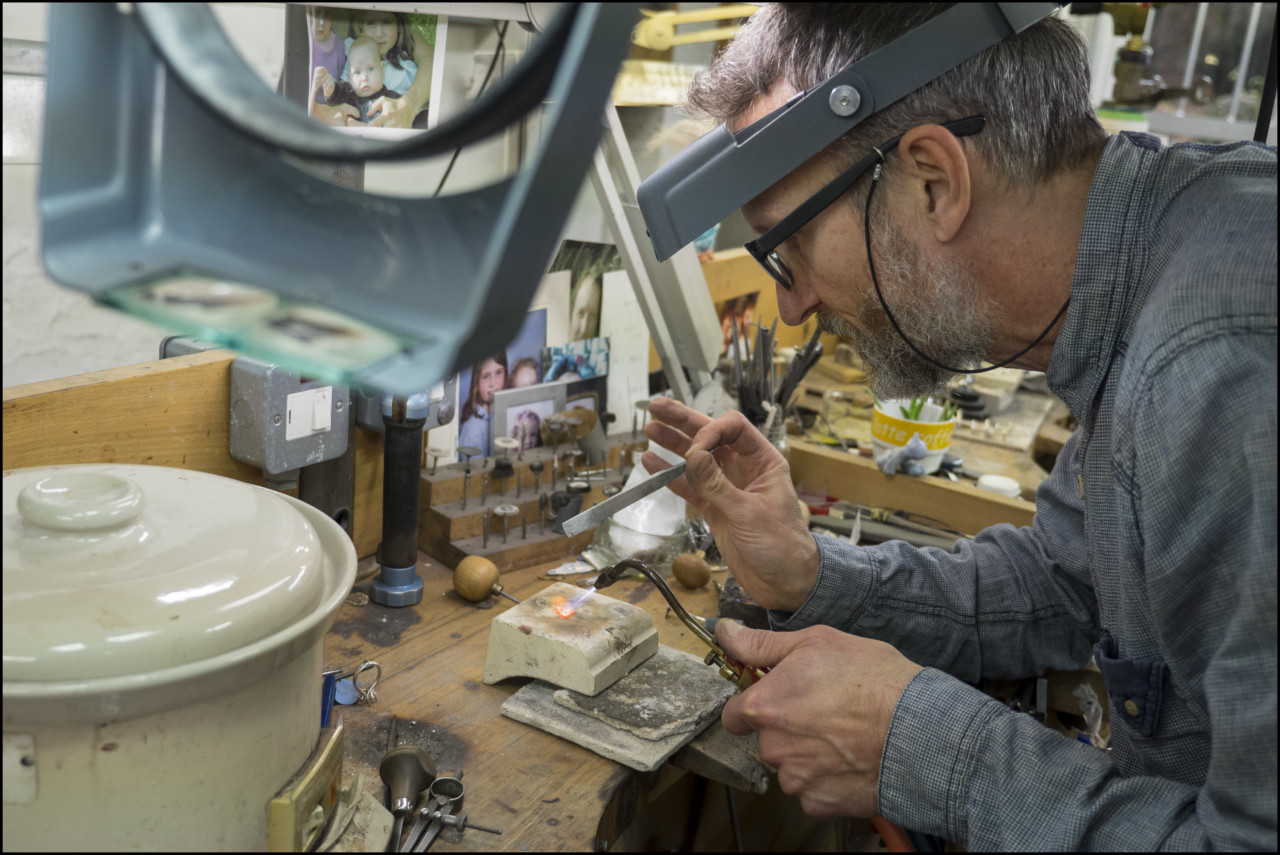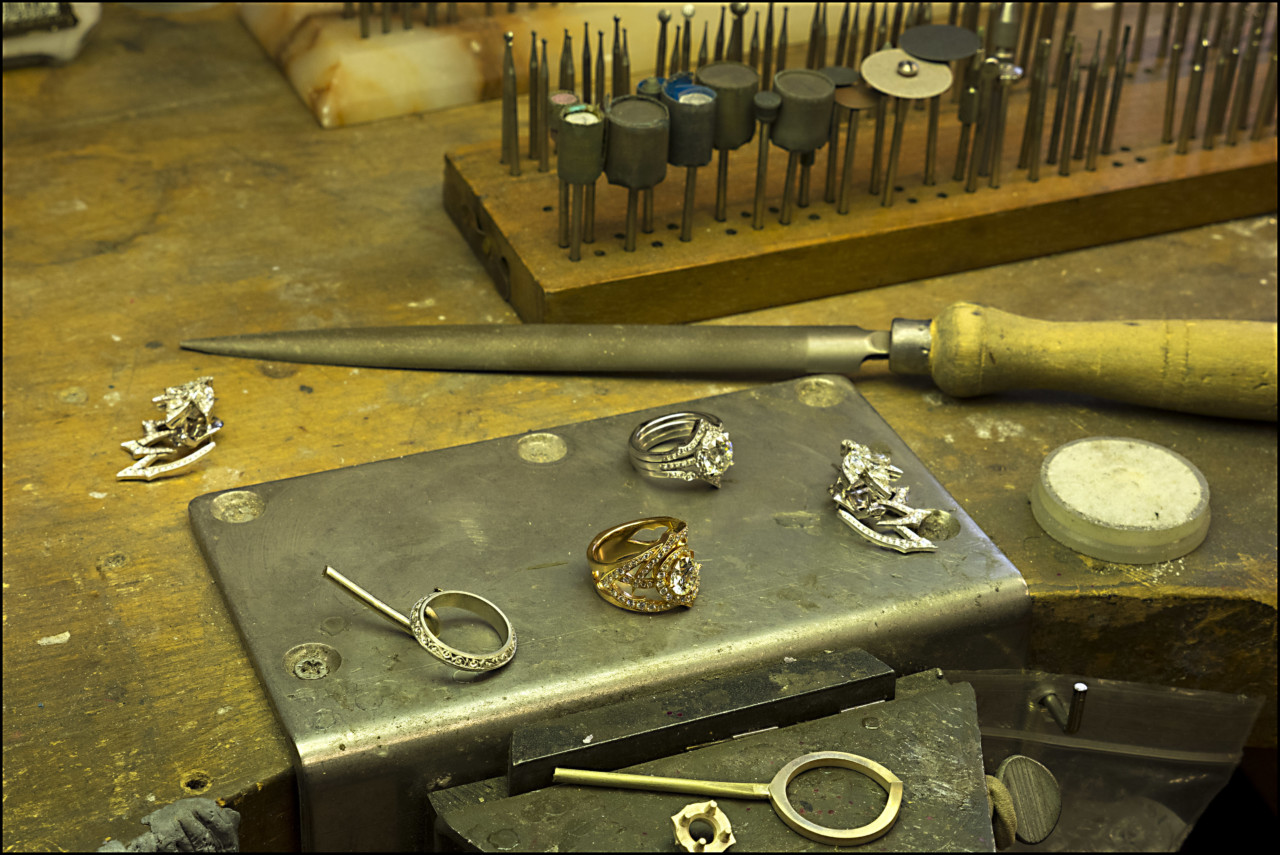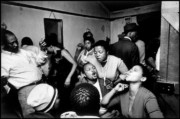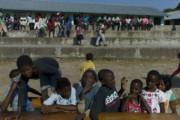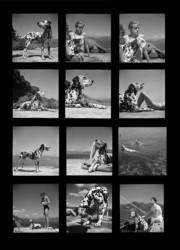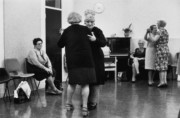Ian Berry reflects on the Ugandan gold trade as efforts are made to encourage fairer trading practices. He follows the gold from Ugandan mines to the London workshops of jewelers.
Fairtrade isn’t only about coffee and bananas. The Fairtrade Foundation is quick to point out that it doesn’t matter what the commodity is, people should get a fair price for the work they do. African gold miners are often exploited, but it is not as though they have a choice; it’s dig or starve and it’s accept a pittance for their labors or work harder the following day. The Fairtrade Foundation has intervened and is gradually improving mines and mining conditions and in so doing, is giving the miners a future.
In a thick rich seam stretching from Lake Victoria right into Kenya, gold lies more than 20 feet under the ground. In Tanzania and Kenya, gold mining is organized and legalized but in Uganda it’s the only way artisanal locals can produce a subsistence. Mined extensively by the British in the 30s, once the mines were abandoned, the gold became a desperate source of a few pence a day if a miner was lucky. And all he has to do is dig a hole in his back garden, shift tons of earth, sluice the gold-bearing soil through sieves and cloths, amalgamate any minute specks of gold with mercury and then sell the resulting nugget to a middleman who gives them less than a 20th of what gold is worth on the open market. It’s back-breaking, heart-breaking work that doesn’t improve their lives one jot no matter how hard they push themselves.
"The Fairtrade Foundation is working with jewellers in London who provide a steady market for the Ugandan artisanal gold"
- Ian Berry
Parents don’t consider that they might be blighting their children’s future by involving them in the process. All they know is that every hand is needed to produce a few Ugandan shillings a day – probably less than £1 – for all that hard work. Neither do the miners understand what happens to the mercury when they burn it off. Or if they do, they have no choice. By burning the amalgam, the mercury is released as a toxic gas, a process watched eagerly because perhaps this time the gold nugget will be big. In the process, the gas is inhaled, doing its silent and insidious damage. Mercury is also present in the bowls and basins used for amalgamation, bowls used for domestic purposes after work finishes for the day. Inhaling the mercury gas can affect the fetus. Mothers work during pregnancy and the results are evident in children’s glazed pupils, their distance from everyday life and their constant restlessness.
Where the Fairtrade Foundation has become involved, miners wear smart boiler suits and rubber boots; hard hats are essential round machinery. Care is taken to make the often 60ft deep open pits safe to work in and essentially, miners are rewarded with a decent price for the gold they produce. The aim is to eventually, remove children from the work and get them into school or, at least to begin with, prevent them from distorting their young, growing bodies by being subject to day-long digging which produces a man/child kind of physique.
The Fairtrade Foundation is working with jewellers in London who provide a steady market for the Ugandan artisanal gold. Miners, for the first time in their lives, have the possibility of considering a better tomorrow, of improving their lot and of providing education and even, perhaps, a different future for their children.
The slideshow above follows the journey of this gold from DIY Ugandan mine to the workshops of London jewelers.



